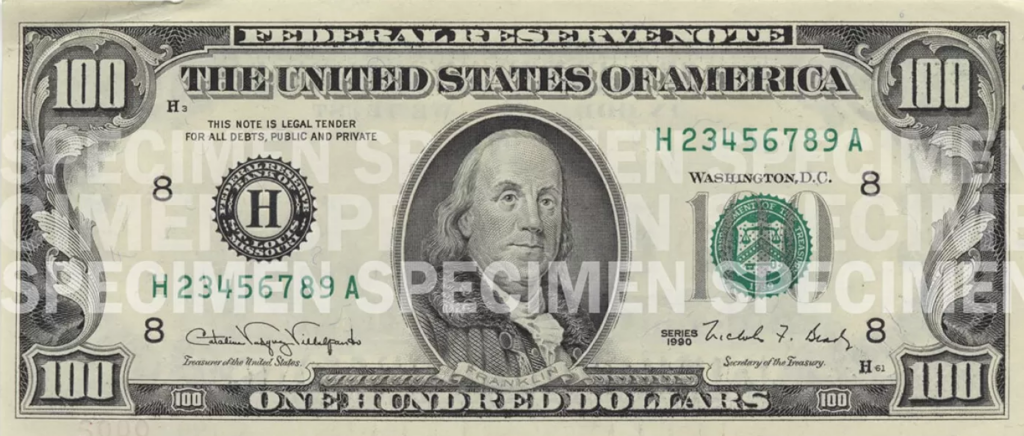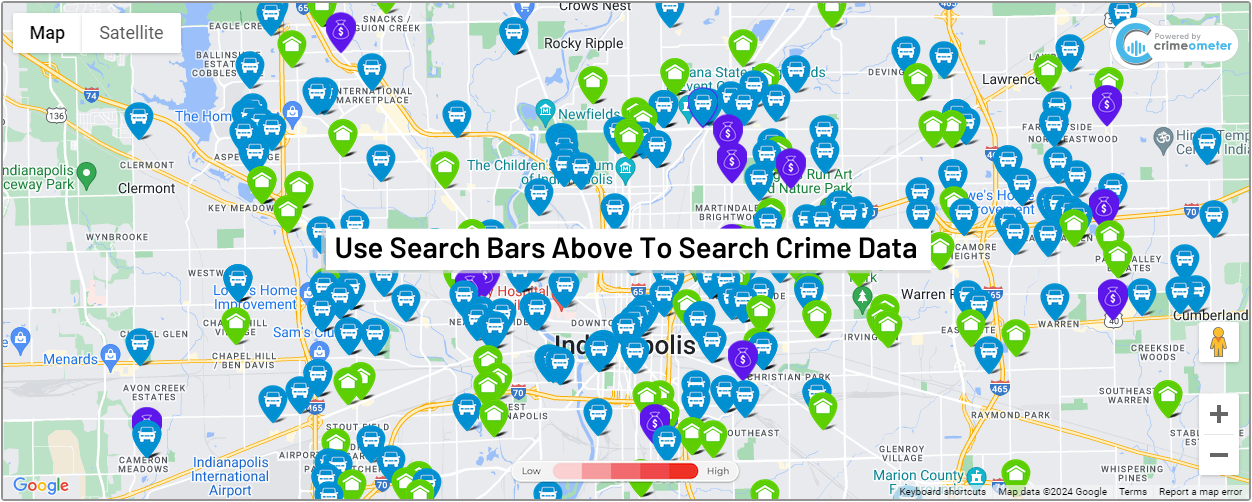Police warn against counterfeit $100 bill scheme across central Indiana
INDIANAPOLIS (WISH) — Indianapolis police arrested a man in connection to an ongoing counterfeit $100 bill scheme in central Indiana on Tuesday.
Indianapolis Metropolitan Police Department officers arrested Kenneth Johnson on a felony counterfeiting charge and two misdemeanors, resisting law enforcement and criminal mischief on top of an outstanding warrant from Hancock County.
Police are still looking for Tommie Lee Jackson Jr., who is also wanted on a warrant out of Hancock County for counterfeiting.
Jackson and Johnson are accused of faking older versions of the $100 bill because the newer one has added security measures so counterfeiting it is more difficult.
Lt. Shane Foley, an IMPD public information officer, said anyone handling cash should be extra cautious during this time, especially if they see an older version of a $100 bill.
“We want to warn the public, warn businesses, warn employees, warn citizens, that if people are presenting $100 bills to you that you’re using caution and you’re ensuring that those are valid,” Foley said.
Johnson was arrested in northwest Indianapolis and found with counterfeit bills on him.
“They were able to locate one individual who jumped out of the second floor of the motel and had counterfeit bills on his person,” Foley said.
The Fortville Police Department issued Johnson and Jackson’s outstanding Hancock County warrants for spending counterfeit currency at a gas station.
Fortville police believe Johnson and Jackson were only spending the fake money in the town not creating it there. They spent around $700 at the gas station.
Det. Diane Graffitti said the cashier was suspicious of the large amount of $100 bills and used the counterfeit detection pen, but it did not work on their bills.
She said the bills felt different from regular money, but had the same identification number.
“They’re all over the place in Indiana,” Graffitti said. “A lot of their spending has been in Indianapolis mostly but they’re starting to hit some of the smaller towns.”
This scheme uses the 1990 to 1996 $100 design.

(Provided Photo/U.S. Currency Education Program)
The U.S. Currency Education Program website said bills from 1990-1996 should have a security thread running to the left of the portrait with the letters “USA” and the number “100” that is visible when the bill is held to the light. It should glow pink under ultraviolet light.
These bills should also have microprinting around the portrait of Ben Franklin that says “THE UNITED STATES OF AMERICA” in a font that could require a magnifying glass.
The back should have a picture of Independence Hall.
These bills should also have a unique serial number. Many counterfeit bills have the same number copied and pasted.
“You can call 911 if it’s happening in progress,” Foley said. “If you’re in possession of a counterfeit $100 bill that was submitted earlier, you can call the (IMPD) non-emergency number.”
Jeffrey Adams, Secret Service special agent in charge in the Indianapolis field office, said the Secret Service can not comment on ongoing cases. He shared a statement with News 8.
As a matter of operational security, the Secret Service does not discuss potentially ongoing investigations. With that said, counterfeiting of U.S. currency continues to be an issue both domestically and globally. In fiscal year 2023, the U.S. Secret Service arrested 197 individuals suspected of counterfeiting and seized $21.8 million in counterfeit currency. We recommend individuals, retailers, and financial institutions to remain vigilant and examine bills. U.S. currency has several built-in security features to help protect against counterfeiting. More information on these features can be found here.
Jeffrey Adams, Secret Service Special Agent in Charge
“There could be a number of individuals who are doing this across the city,” Foley said. “So I don’t want to limit this to two individuals who are engaged in this. We don’t know exactly how many.”
The Greenfield Police Department said it is working on a counterfeiting case from March 19, but investigators do not believe the two cases are connected.
People with legitimate but old $100 bills can exchange them at the bank for updated notes with added security to make store purchases easier.

